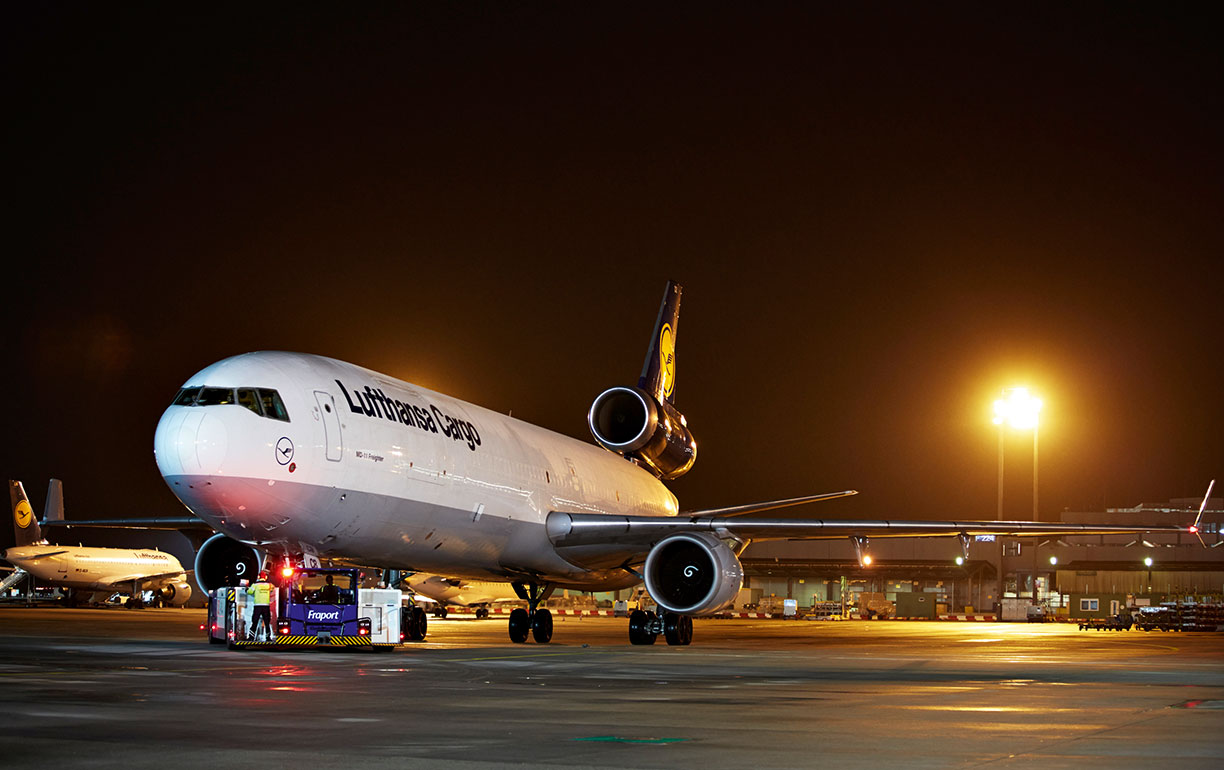
Music in the air.
Experts are called for when timpani and trumpets are transported alongside goats and Bavarian beer. As on the Munich Philharmonic Orchestra’s Japan tour, logged in excerpts here.
Monday, 2 p.m., Munich:
Lorin Maazel lowers his baton. “See you in Nagoya,” says the maestro. Minutes after the rehearsal in the orchestra’s concert hall, the members of the Munich Philharmonic Orchestra go backstage and start to pack. Lids close, locks snap. The musicians place their instruments in special transportation crates. There are flat ones, tall ones, long ones, square ones, and even one shaped like a harp. Packing the double basses as usual is Croatian-born Ivan Zelic, the Munich Philharmonic’s orchestra equipment assistant. Height: “just over 1.985 meters last time I checked.” He makes the instruments look as light as balsa wood as he balances them above his head. The crates are roomy enough to accommodate the musicians’ concert dress, shoes and accessories as well.
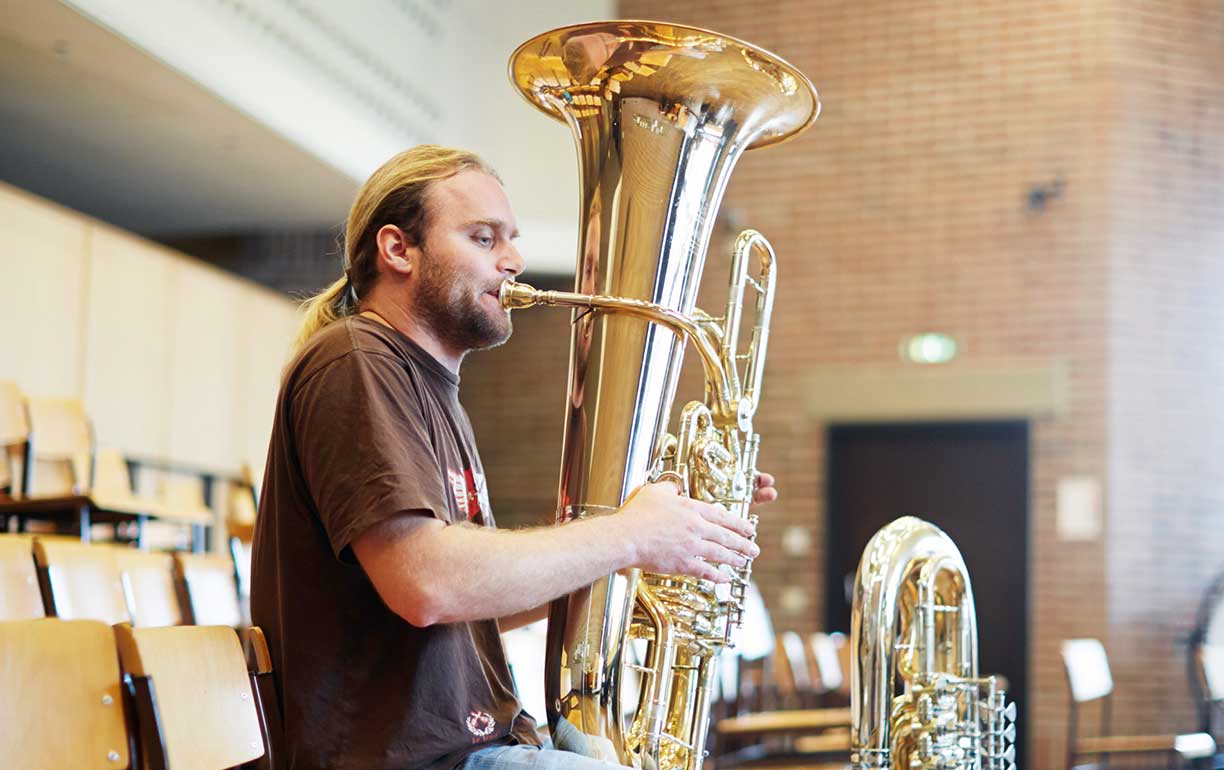
The bass players are already done, but their colleague Andreas Hofmeir is still trying to decide which tuba to take. He switches back and forth between one and another, playing the final bars of “Liebestod” from Wagner’s opera “Tristan und Isolde,” until he finally reaches a decision.
3 p.m.:
The details of the Munich Philharmonic Orchestra’s three-week tour are marked clearly on the wall calendar in Bernd Rose’s office. The stage manager will be accompanying it. He has organized every aspect of all twelve concerts in Japan and is responsible for ensuring that “people and instruments are present at every rehearsal.” The freight documents for the flying orchestra are lying on his desk, just signed by a customs officer.
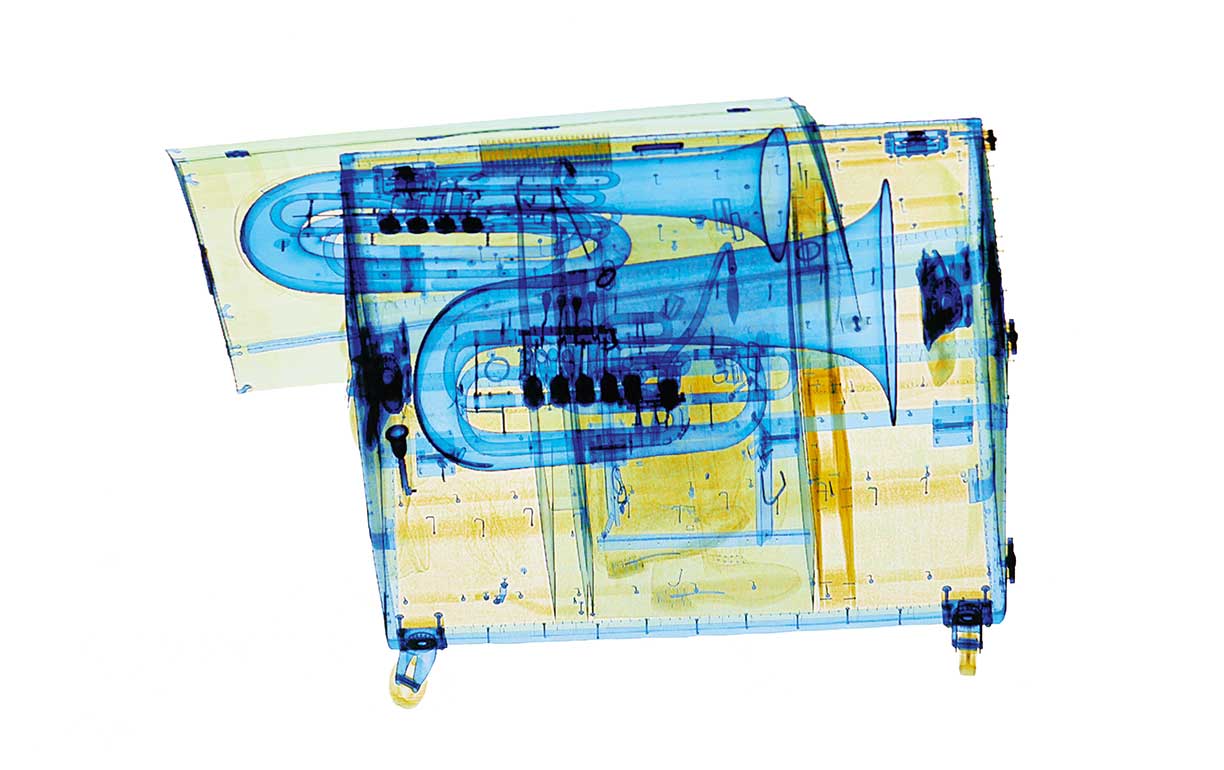
4 p.m.:
By the time the temperature-controlled truck of DB Schenker, one of Lufthansa Cargo’s global partners, pulls up to the curb, there are 89 differently shaped crates lined up at the stage door of the concert hall. Loading them is a bit like a game of skill, involving a lot of concentration and dexterity. After a while, there’s practically no space left. “What’s with the flutes? Does anyone actually play these things?” one of the workers remarks jokingly. After two-and-a-half hours of puzzle-work, the truck is loaded.
Tuesday, 9 a.m., Frankfurt:
CargoCity South at Frankfurt Airport: Inside the 7,000-square-meter warehouse building belonging to the Nippon Express logistics company, forklift trucks maneuver the crates into high-tech scanners.
Their contents conjure poetic images onto a screen: timpani and brass instruments glow a brilliant azure and the silhouettes of wooden instruments shimmer the warm color of fresh-baked cookies. But what’s that? The scanning technician shakes her head in disbelief: “Some people have the craziest ideas!” Clearly visible beneath the compartments full of sheet music are two crates of Bavarian beer. This particular German souvenir will end its journey here.
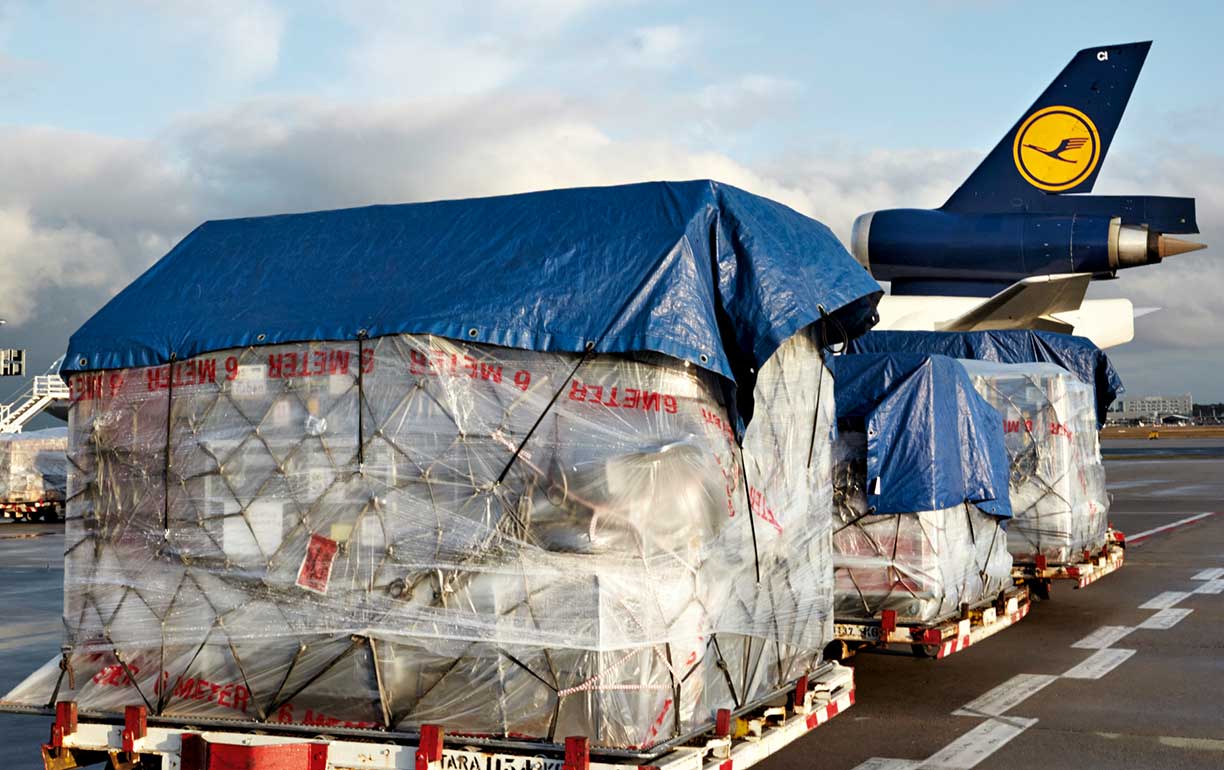
11 a.m.:
Six aluminum pallets stand ready in the hall. Transportation crates are packed on top. Annette Lux, whose company specializes in organizing orchestra tours, has just arrived from Bonn. She is responsible for the transportation of the Munich Philharmonic Orchestra’s valuable cargo. She values Lufthansa Cargo’s “unique international route network and its high standards of quality and safety.” Physical shocks and weather factors pose the biggest threat to sensitive cargo, the expert says. Even a hairline crack in a cello means tremendous damage. And it’s a disaster if instruments have been standing in the sun and the rosin melts, says Lux, as the warehouse workers stretch plastic netting and tarps over each pallet.
3:20 p.m.:
It’s raining. Handover to Lufthansa Cargo. Inside the covered truck dock, the ULDs are taken off an electro-hydraulic conveyor belt loader and transported to an intermediate storage area.
7:00 p.m.:
The clouds part just in time to reveal a glorious sunset. The massive rear engine of the MD-11 Freighter is reflected in the puddles on the apron. Loadmaster Johannes Roth checks the pallets and containers on the parking area that have been marked as cargo for the flight to Tokyo.
Orchestra equipment is considered to be “non-hazardous cargo.” The six pallets, each with a gross weight of between 1,433 and 1,667 kilograms, are among the lighter freight. Roth also mentions that there are some goats in transit which are currently waiting in the Animal Lounge for their onward flight to Moscow. Roth: “Last week we had a lion in there.”
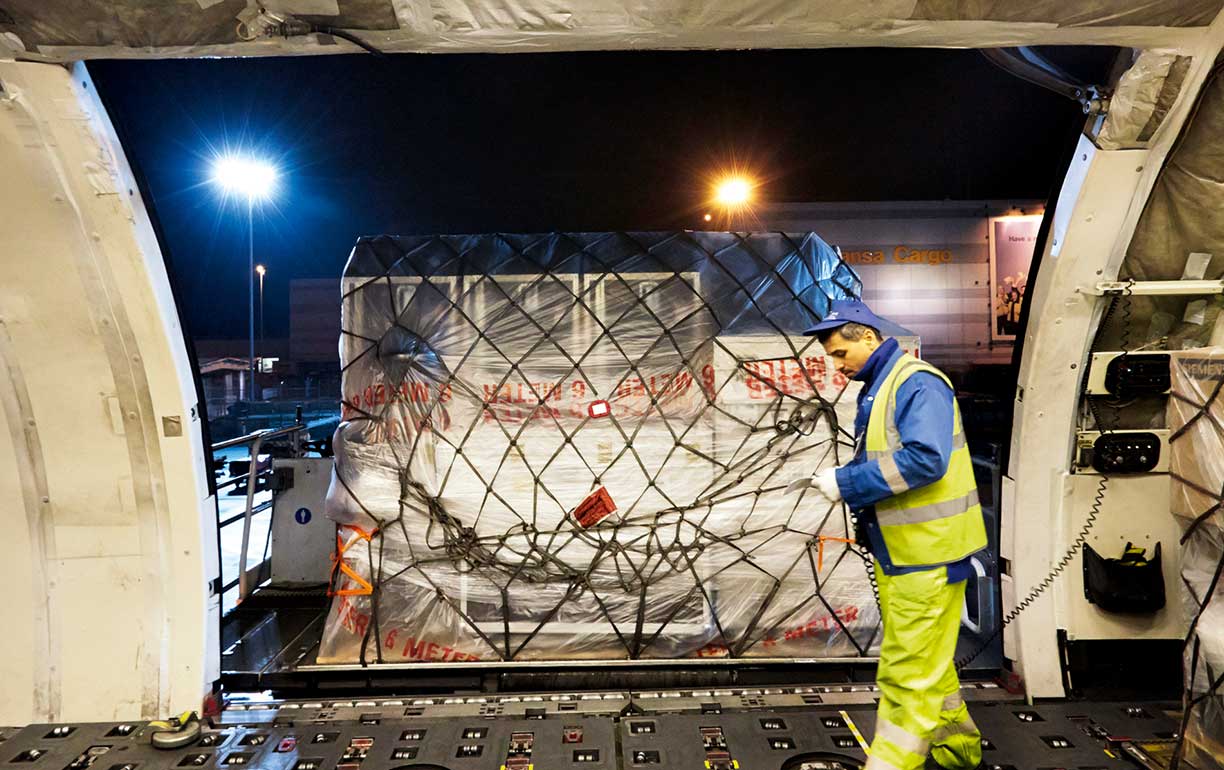
8:30 p.m.:
The first ULD loaded up with instruments is taken by highloader to the door of the hold in the MD-11’s lower deck. After it is maneuvered into place, it is firmly secured with the help of guide rails, floor brackets and straps. A few meters further along, the goats peer out curiously from their crates.
9 p.m.:
Duty begins for Captain Daniel Wilhelm. He’s been flying the MD-11F since 2005. The 36-year-old puts coffee on to brew in the galley before setting the mean temperature on the main deck. The pharmaceutical products stowed there don’t like it too warm and musical instruments don’t like it too cold. Wilhelm, a classical music fan and drummer himself, likes the fact that he’s got the Munich Philharmonic’s “tools” on board, especially as he regularly listens to their concerts on the radio. He and his copilot prepare for take-off in the cockpit. After the nearly three-hour flight to Moscow, they will hand over to another crew for the onward flight to Tokyo.
|
10:05 p.m.: Pushback. The sound of the engines swells as the plane taxis nose first across the floodlit apron towards the runway. Thursday, 11 a.m., Nagoya: At the hotel, stage manager Rose distributes backstage passes to everyone on the tour. Since the transportation crates are still in transit on the truck, everyone has the day off. Friday, 9 p.m., Aichi Arts Center: The final bars of Beethoven’s 7th Symphony are greeted by tumultuous applause, but there’s no time for an encore; the orchestra has to get straight back on the road. All instruments are traveling to Tokyo by truck today as there’s not enough room for them on the high-speed Shinkansen train. |
Saturday, 12:50 p.m., Tokyo, Suntory Hall: The room in which the musicians gather when they’re not on stage is filled with the scent of flowers. Musical scores lie on the table. Only ten minutes left to go now before the concert begins. Maazel always travels light on tours. “The orchestra assistant carries the box containing my three batons, but I always use the same one. It’s a matter of habit.” The maestro smiles. “Plus, I have to have a clear head when I work,” says the 83-year-old, who conducts all his concerts by heart. Then he walks onto the stage, where everyone and everything is in place, ready to go. Thanks not least to perfect logistics. |
Photos:
Enno Kapitza
